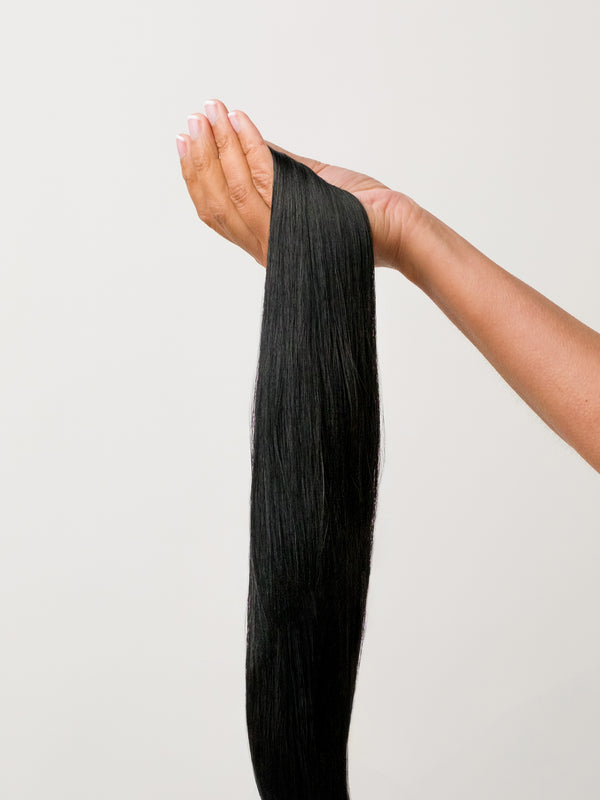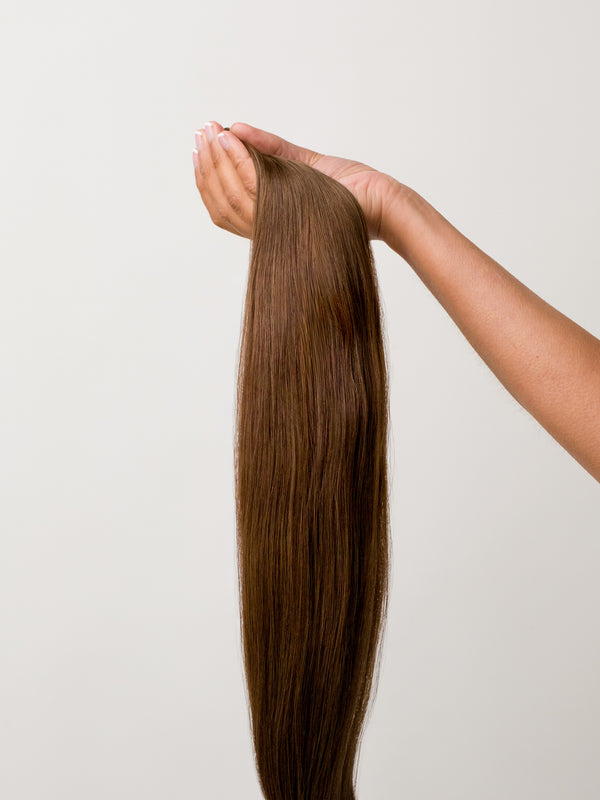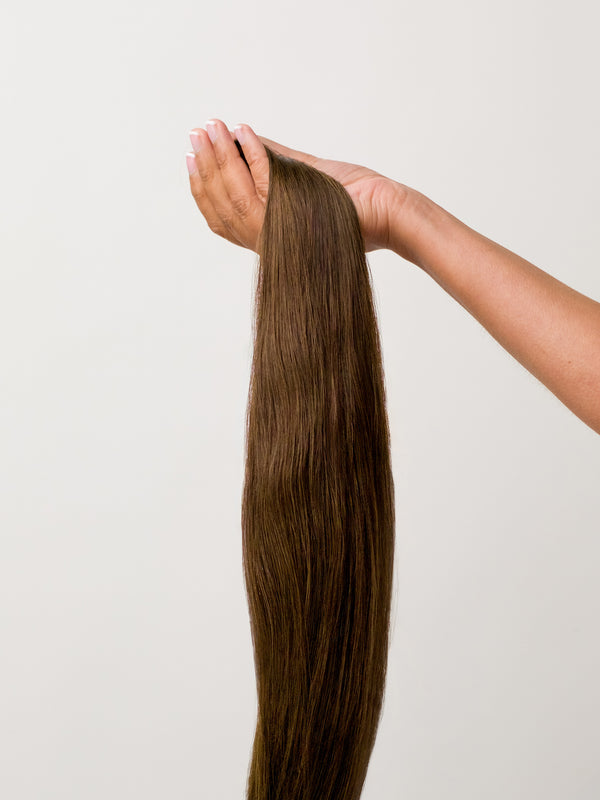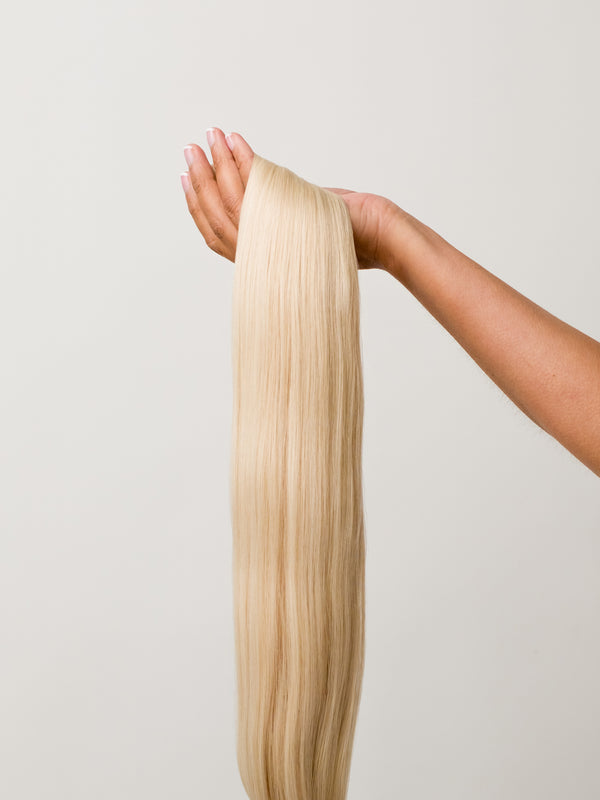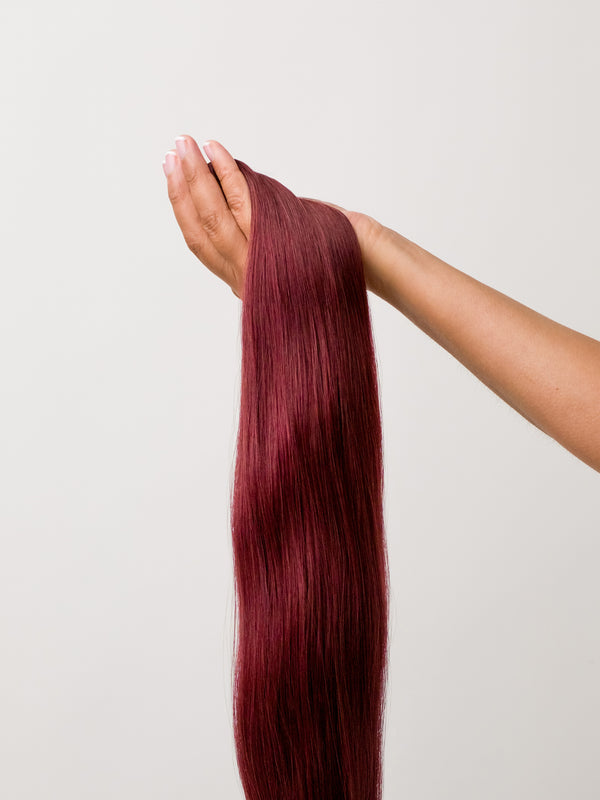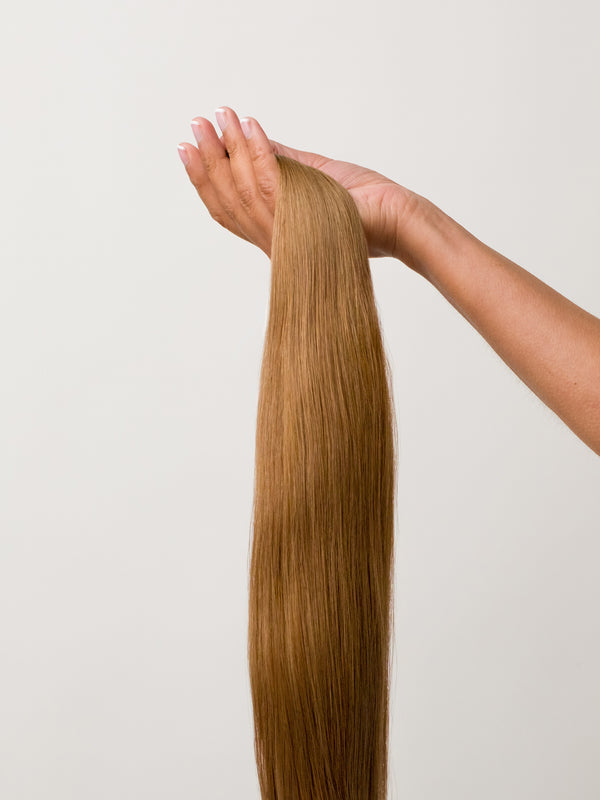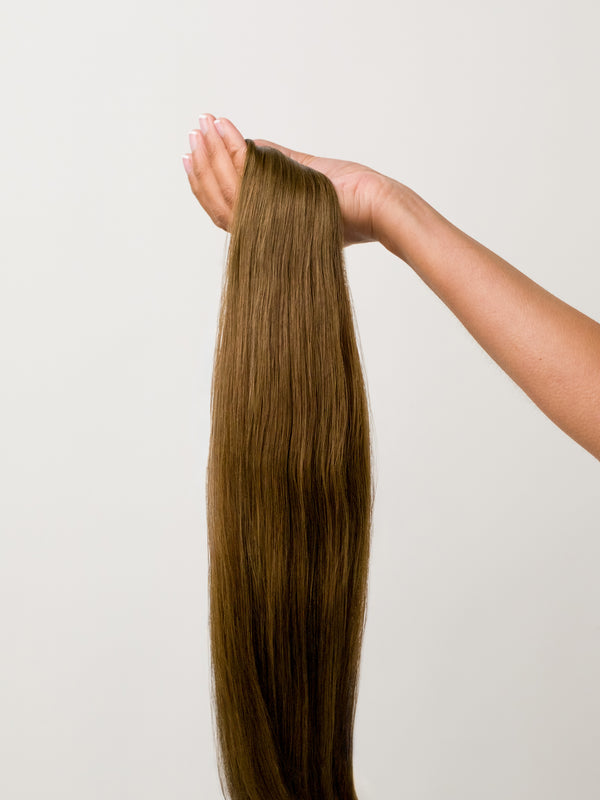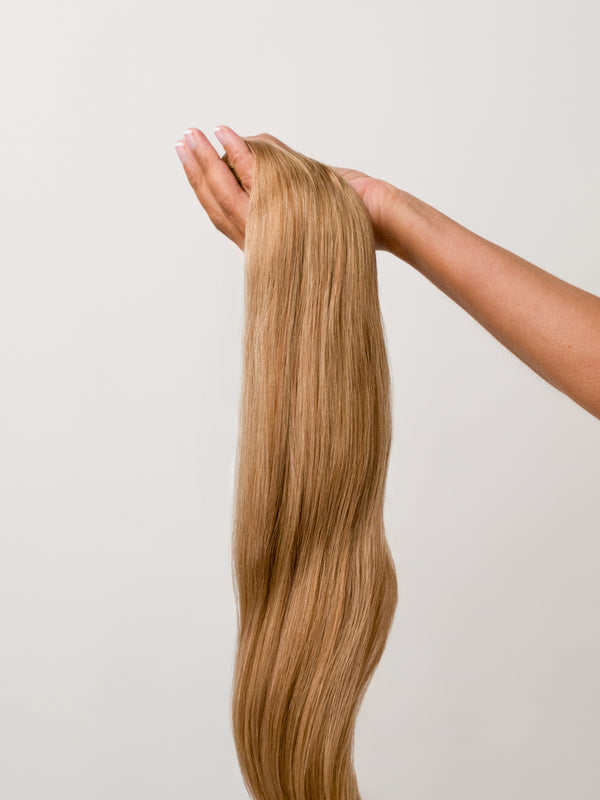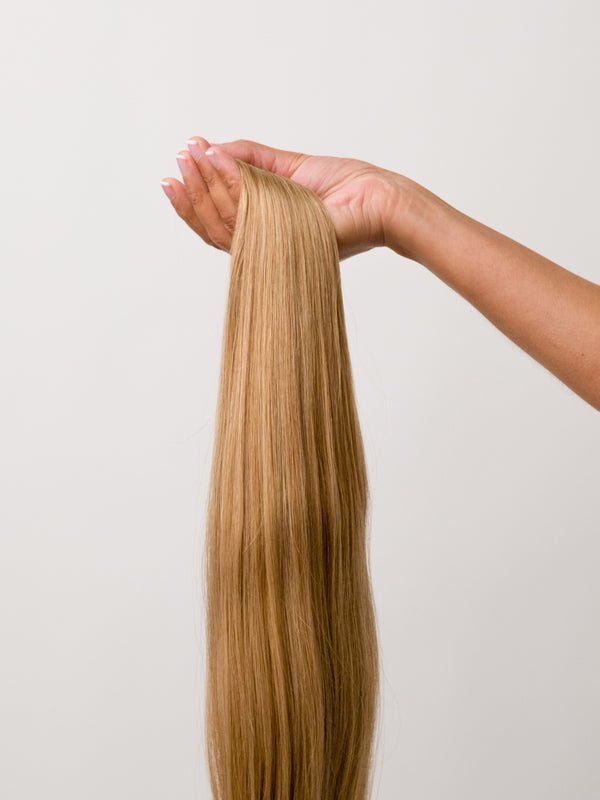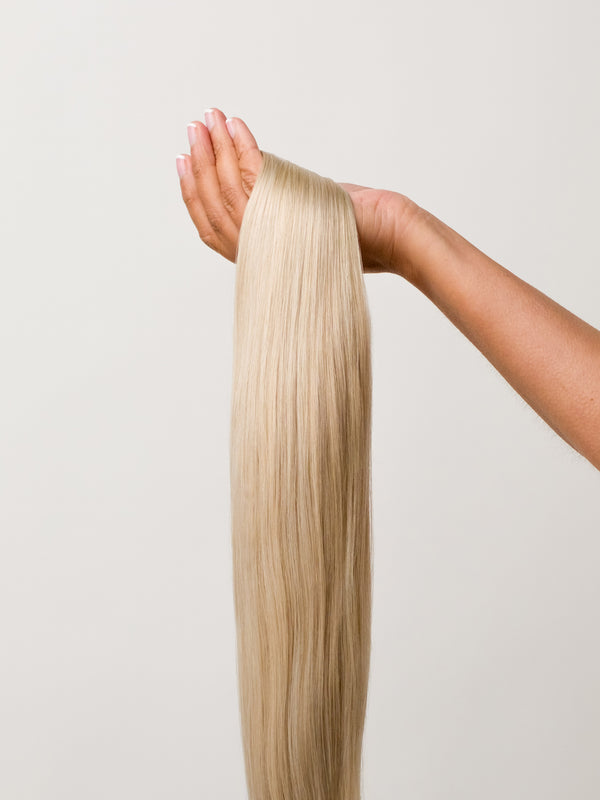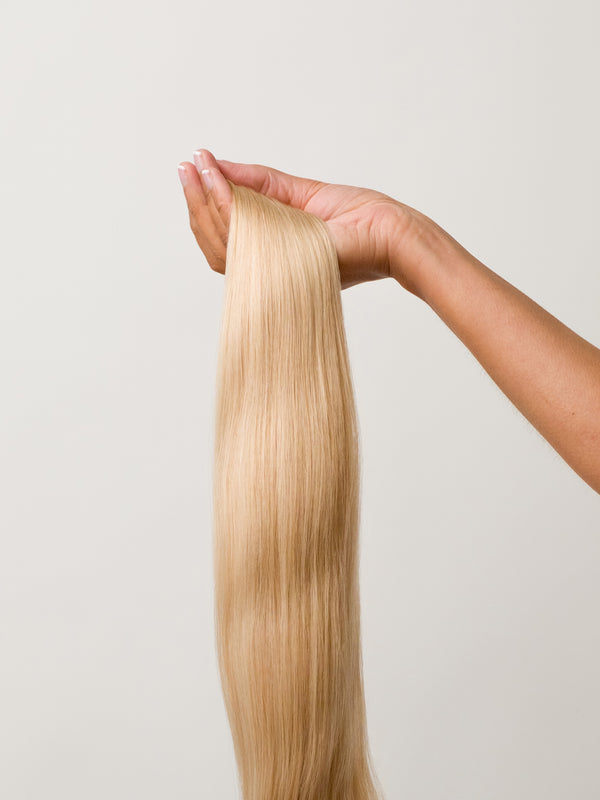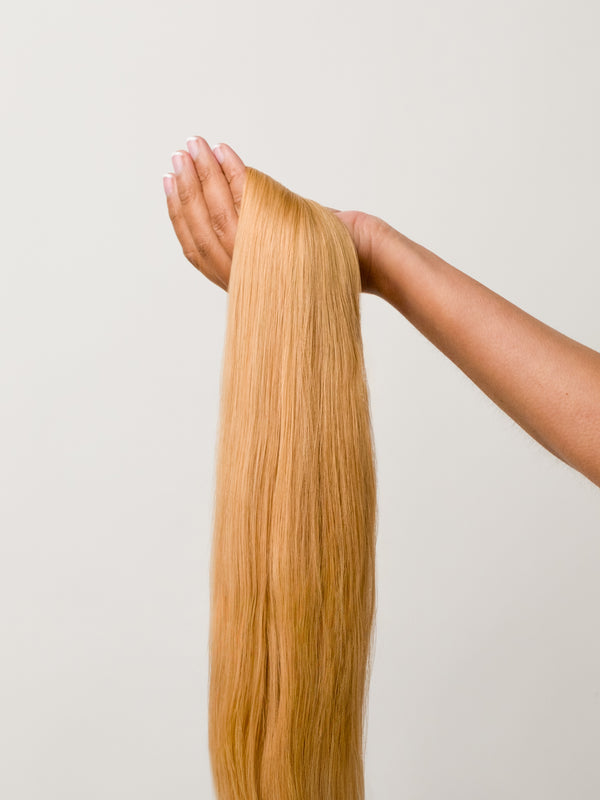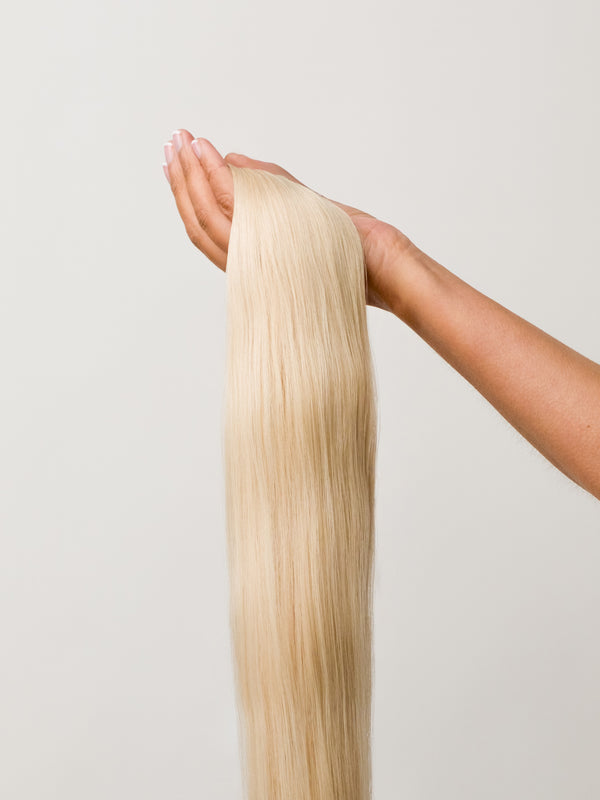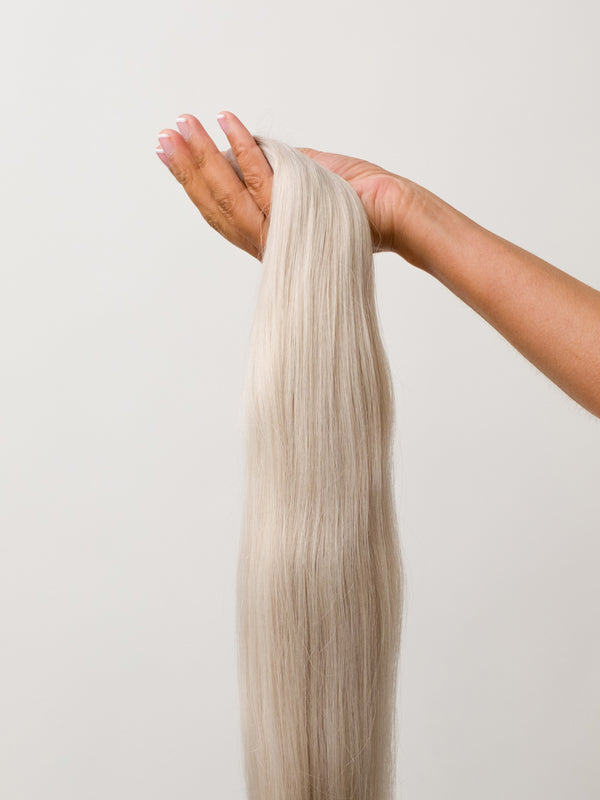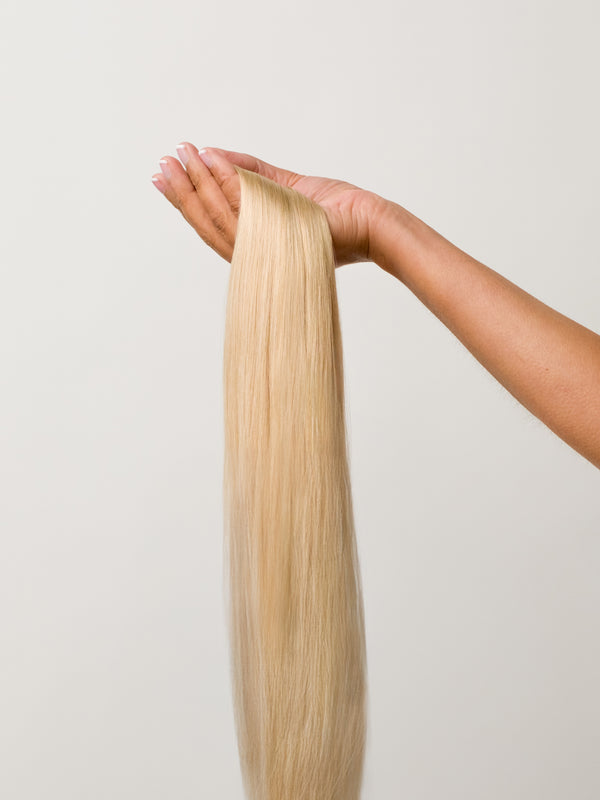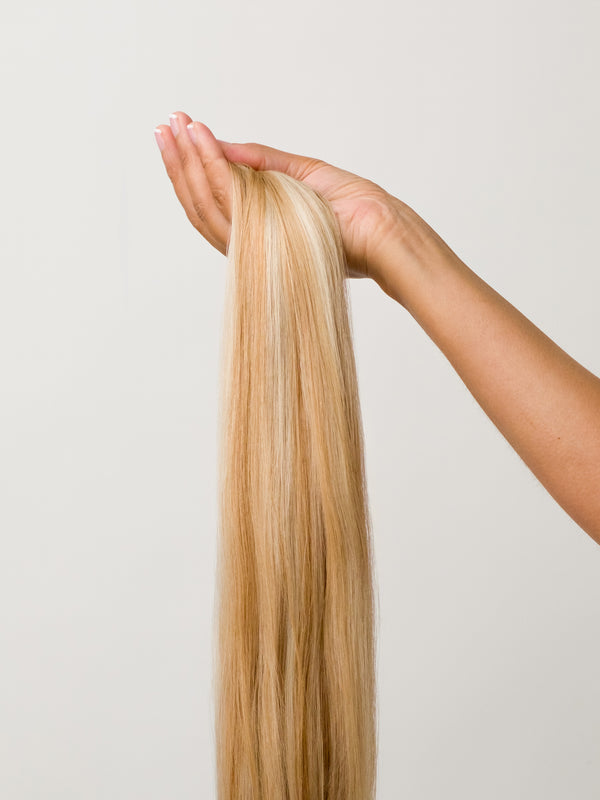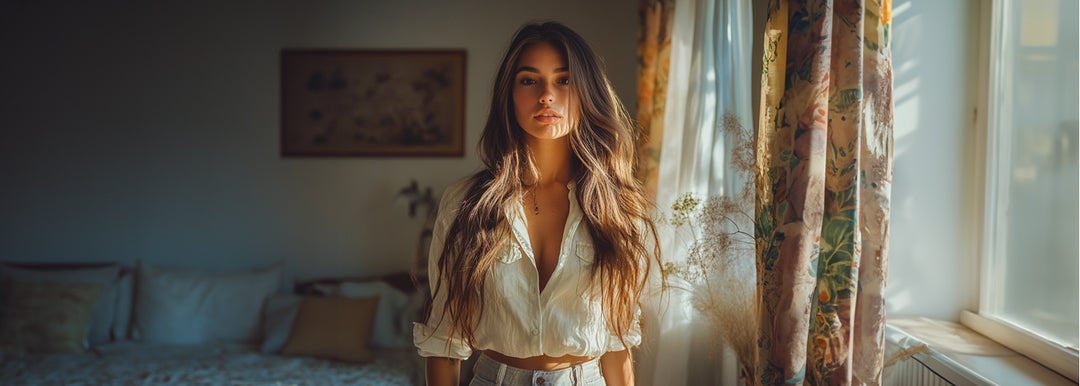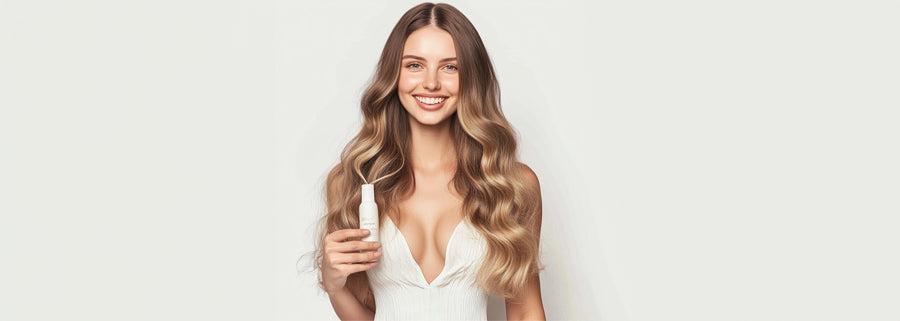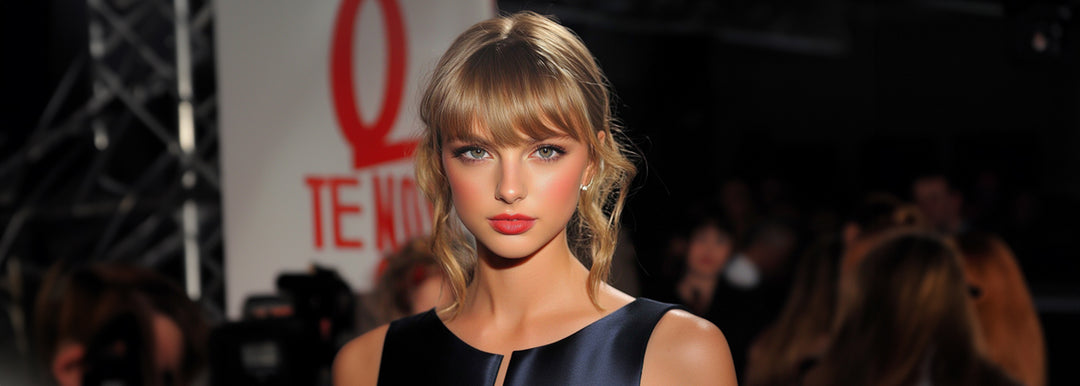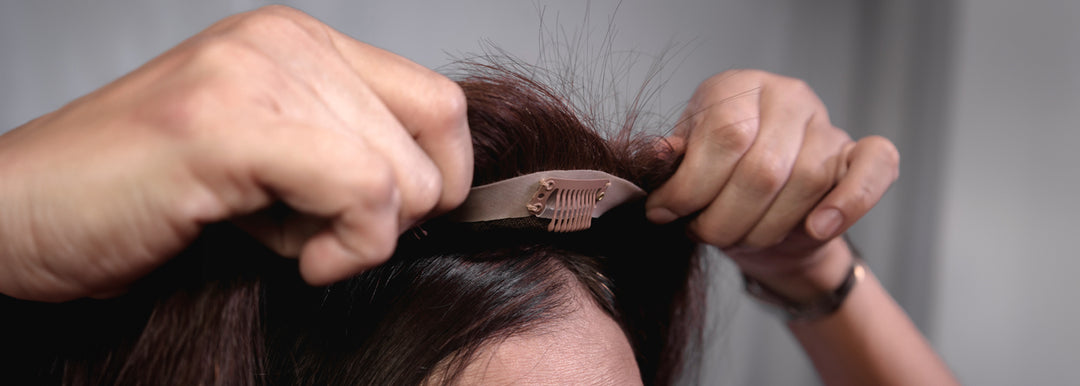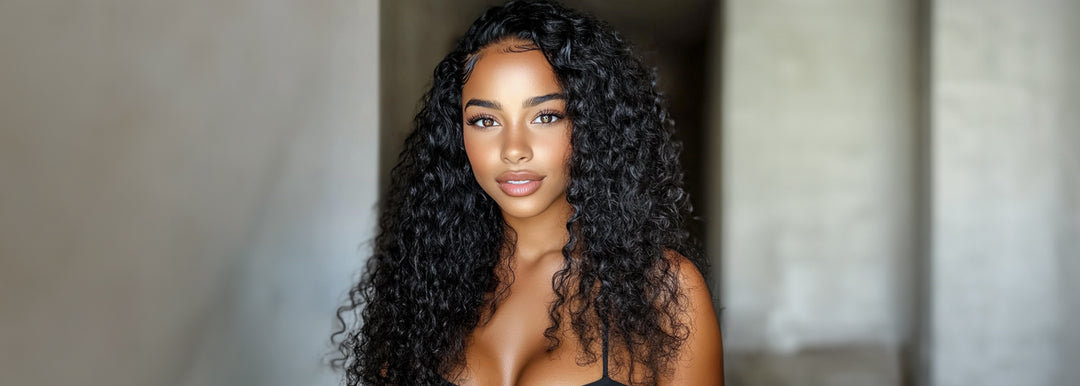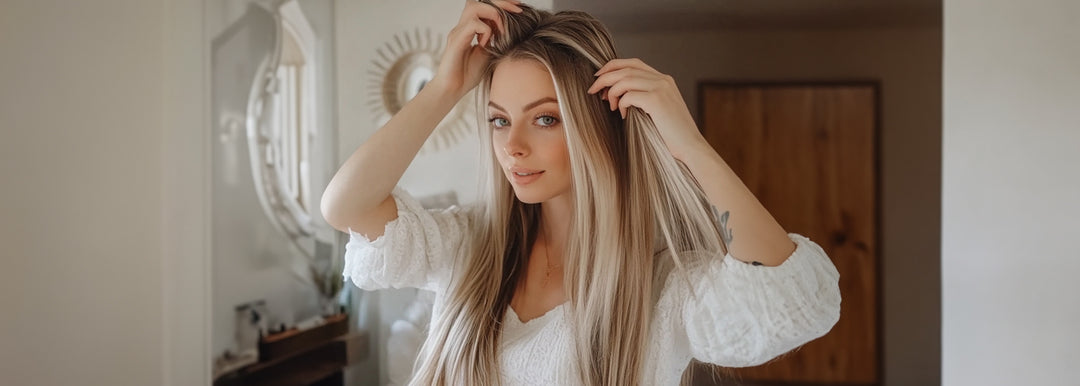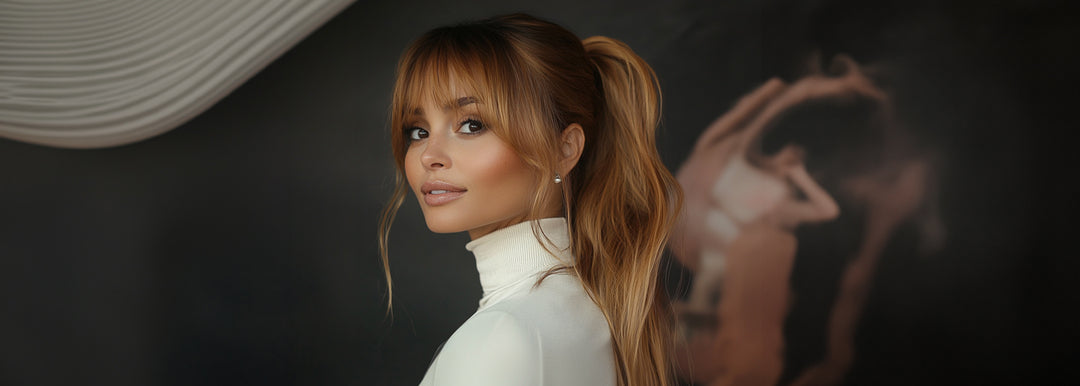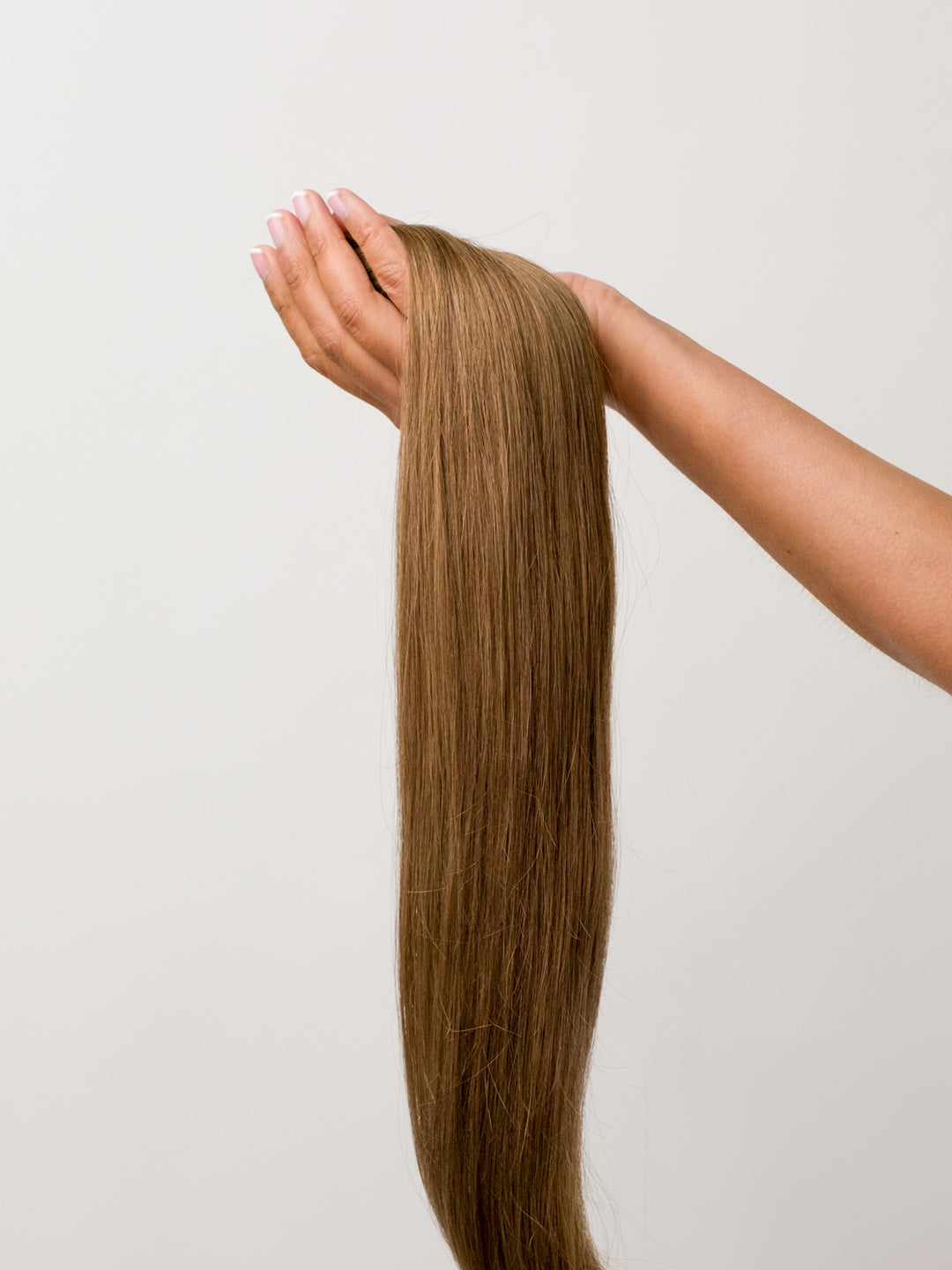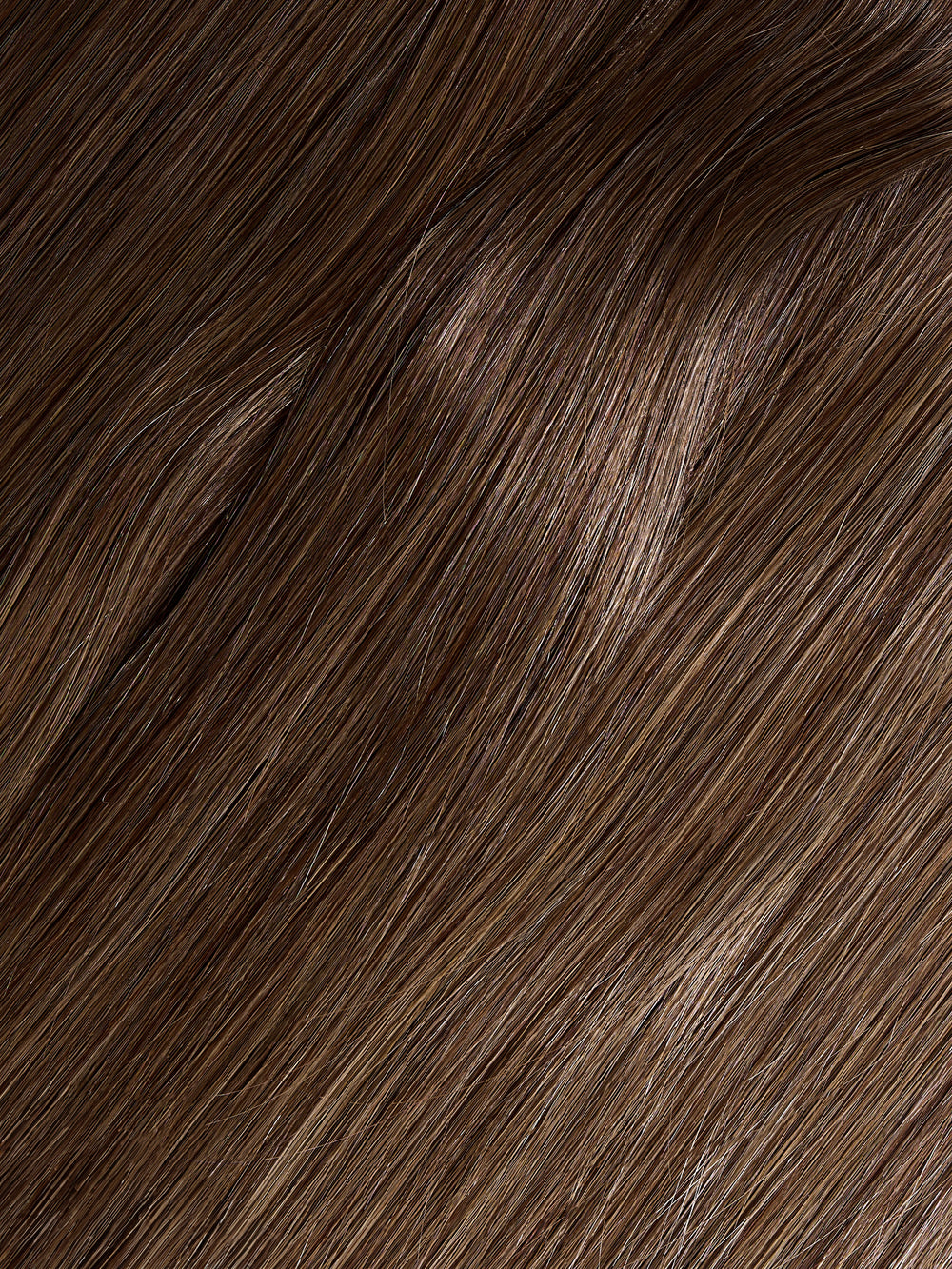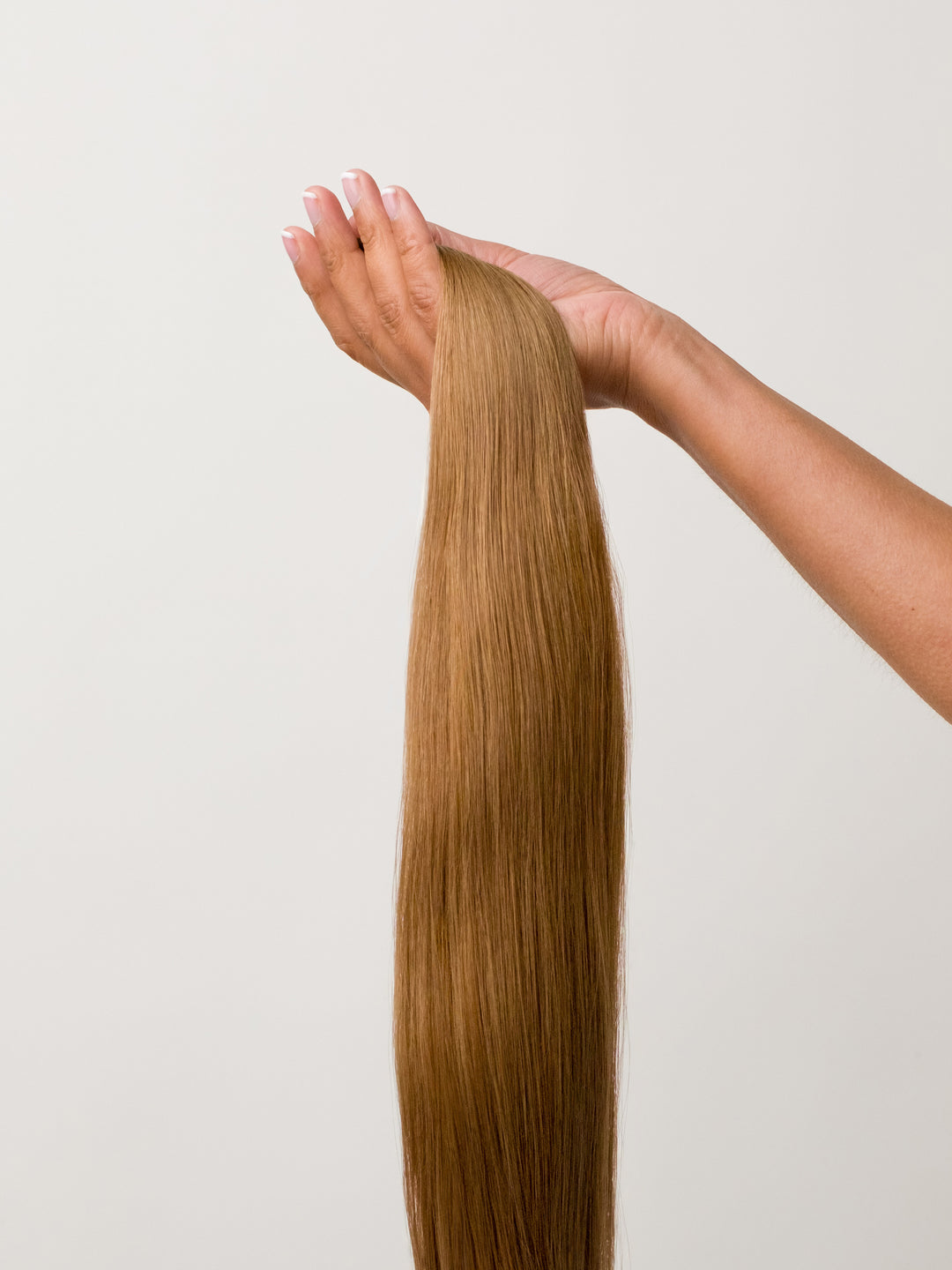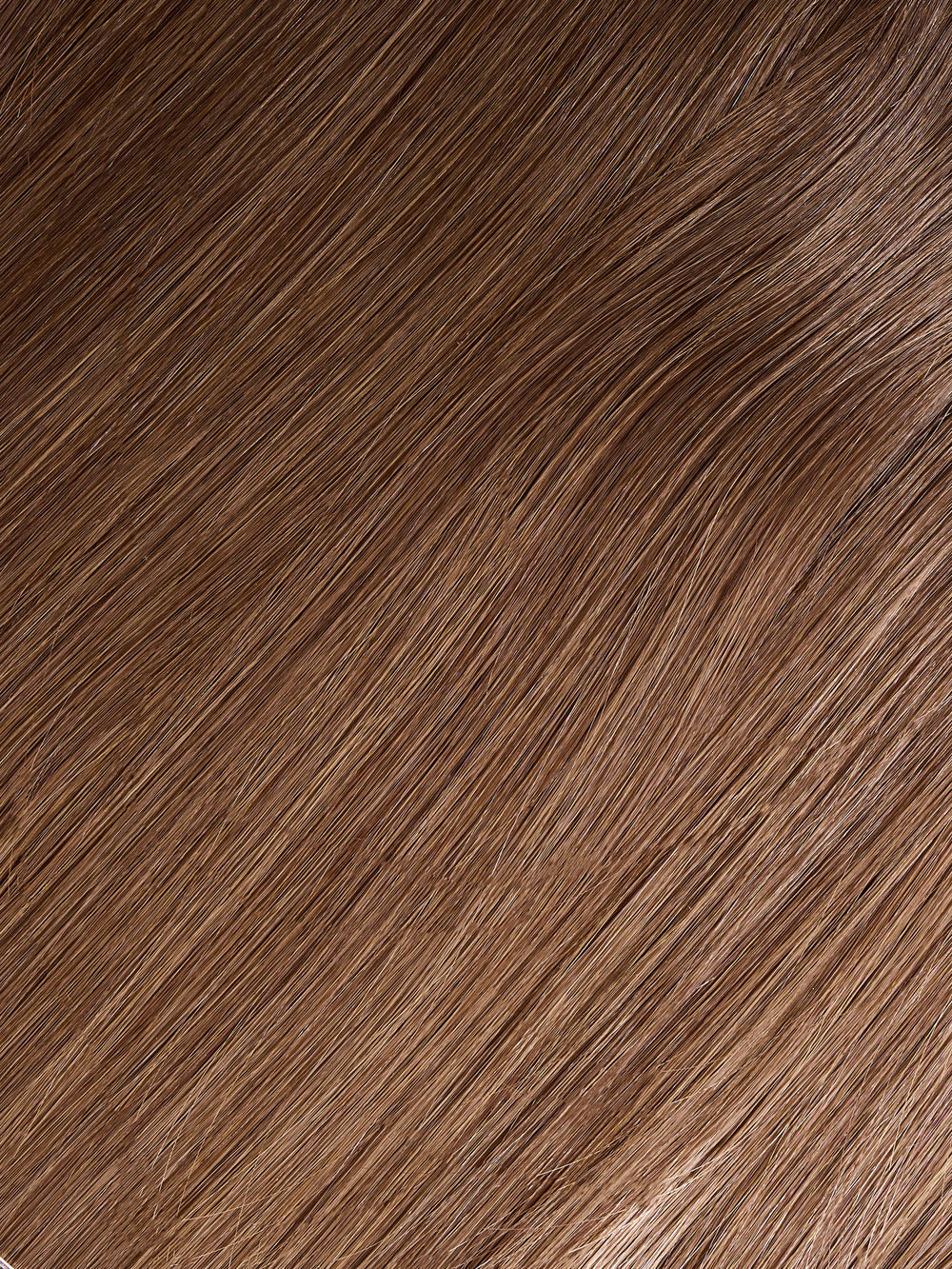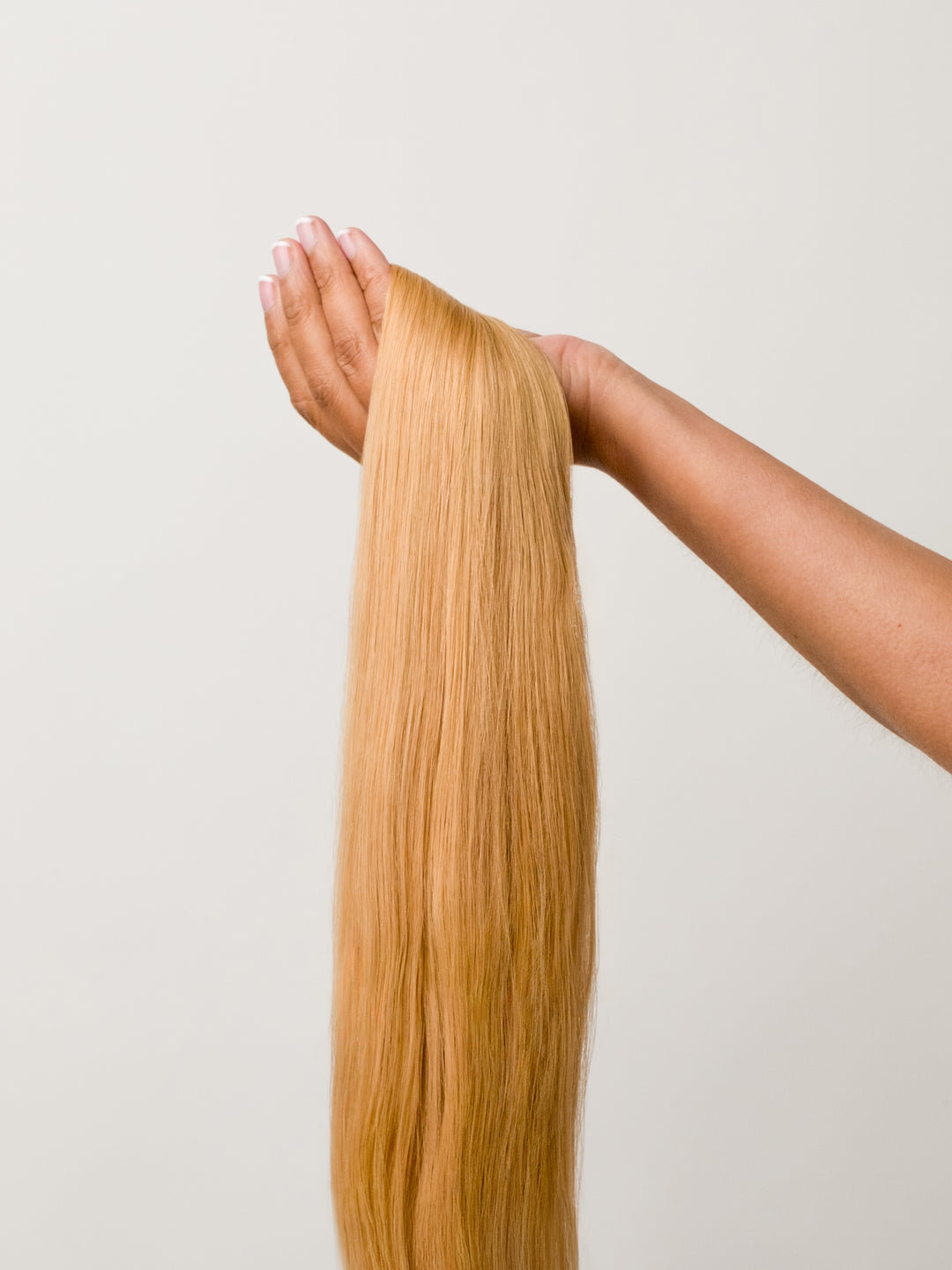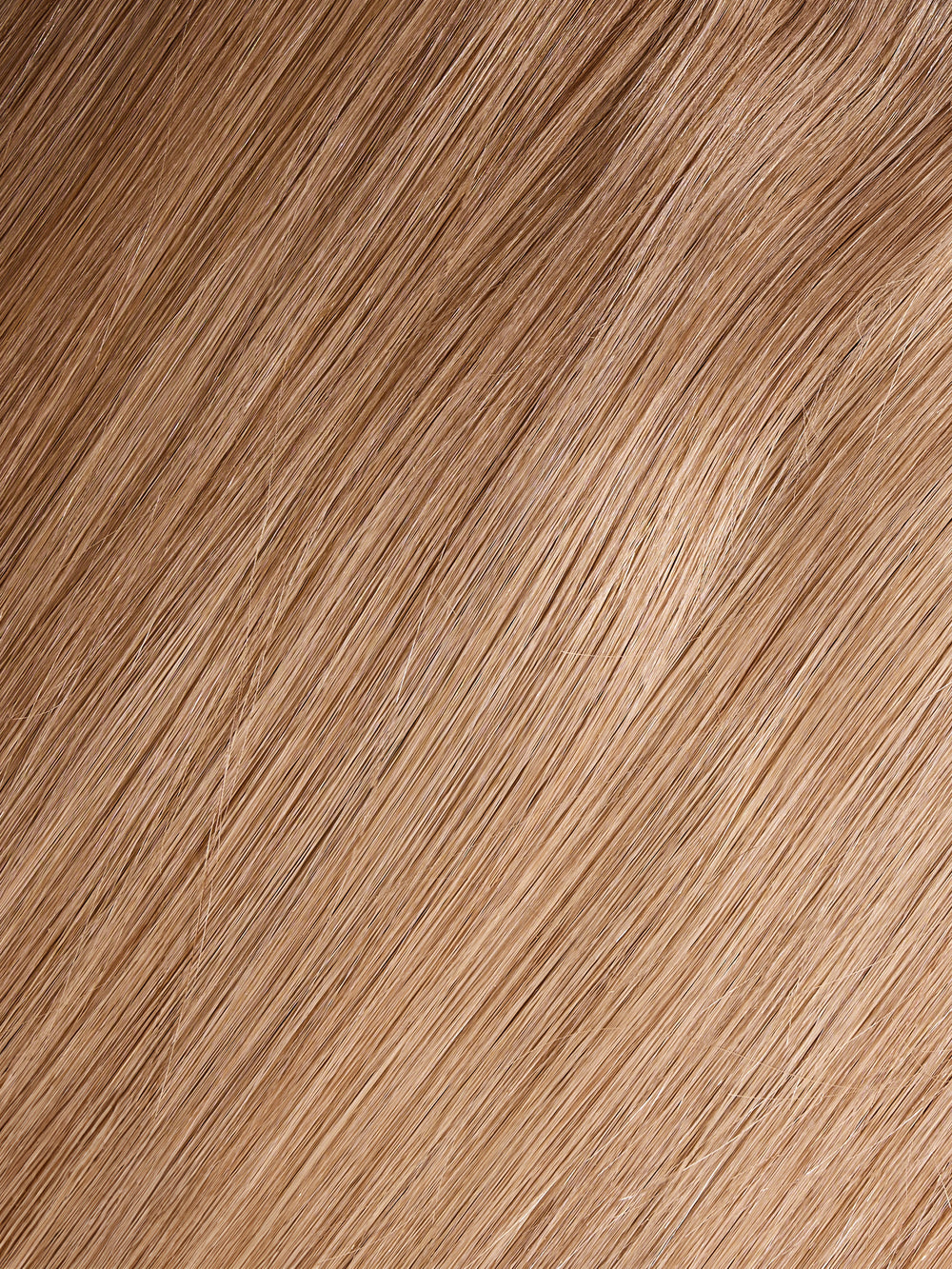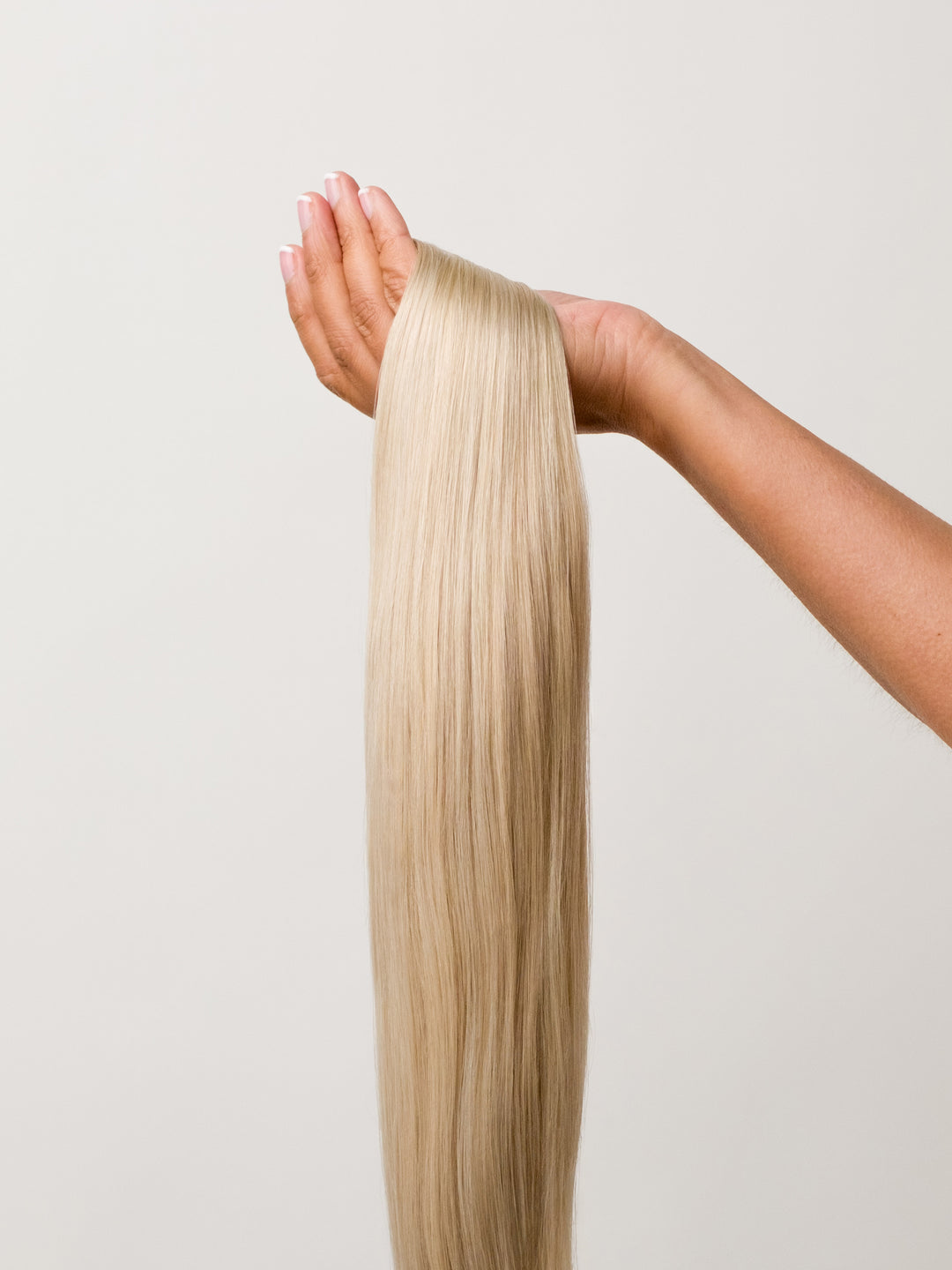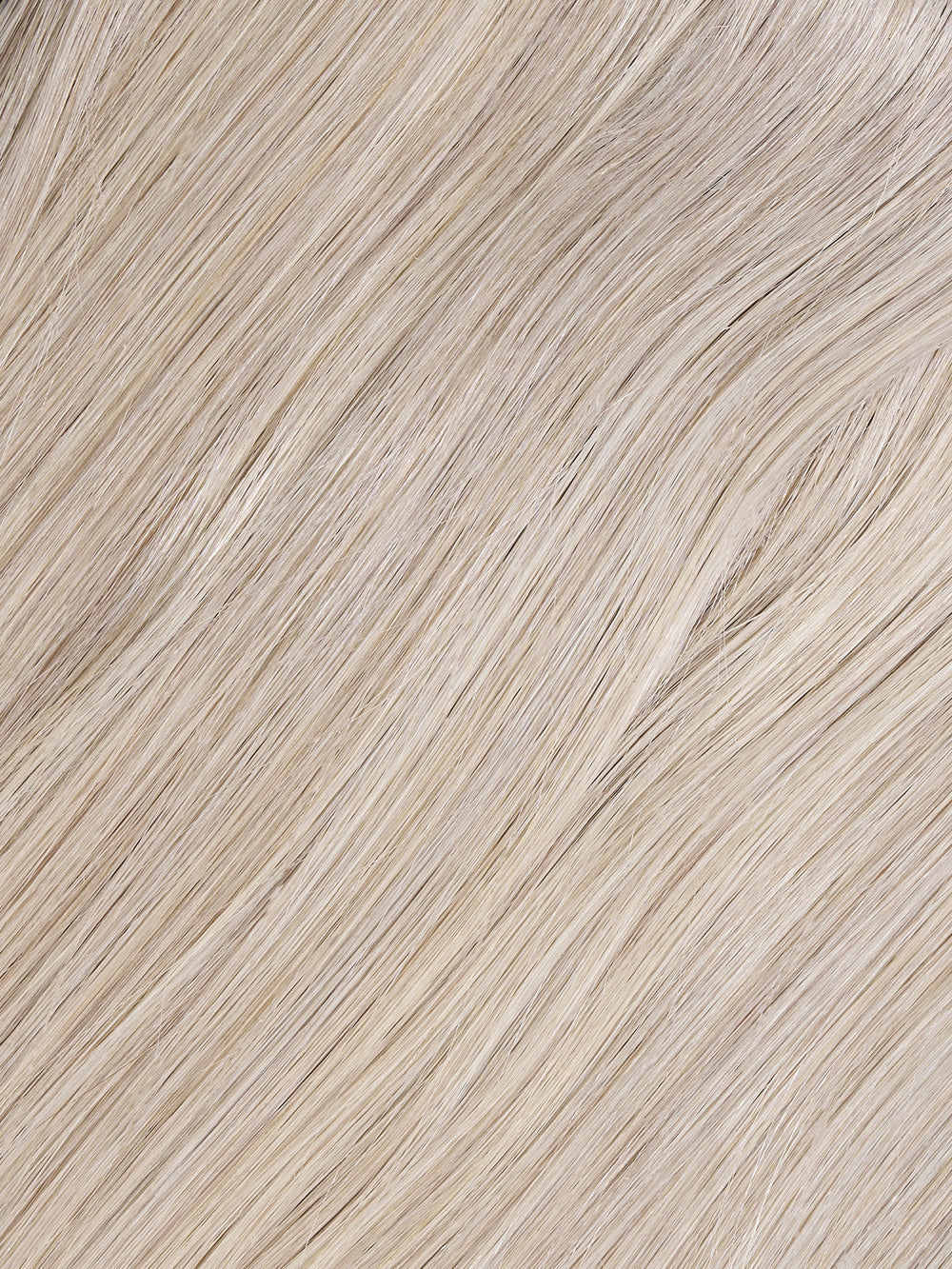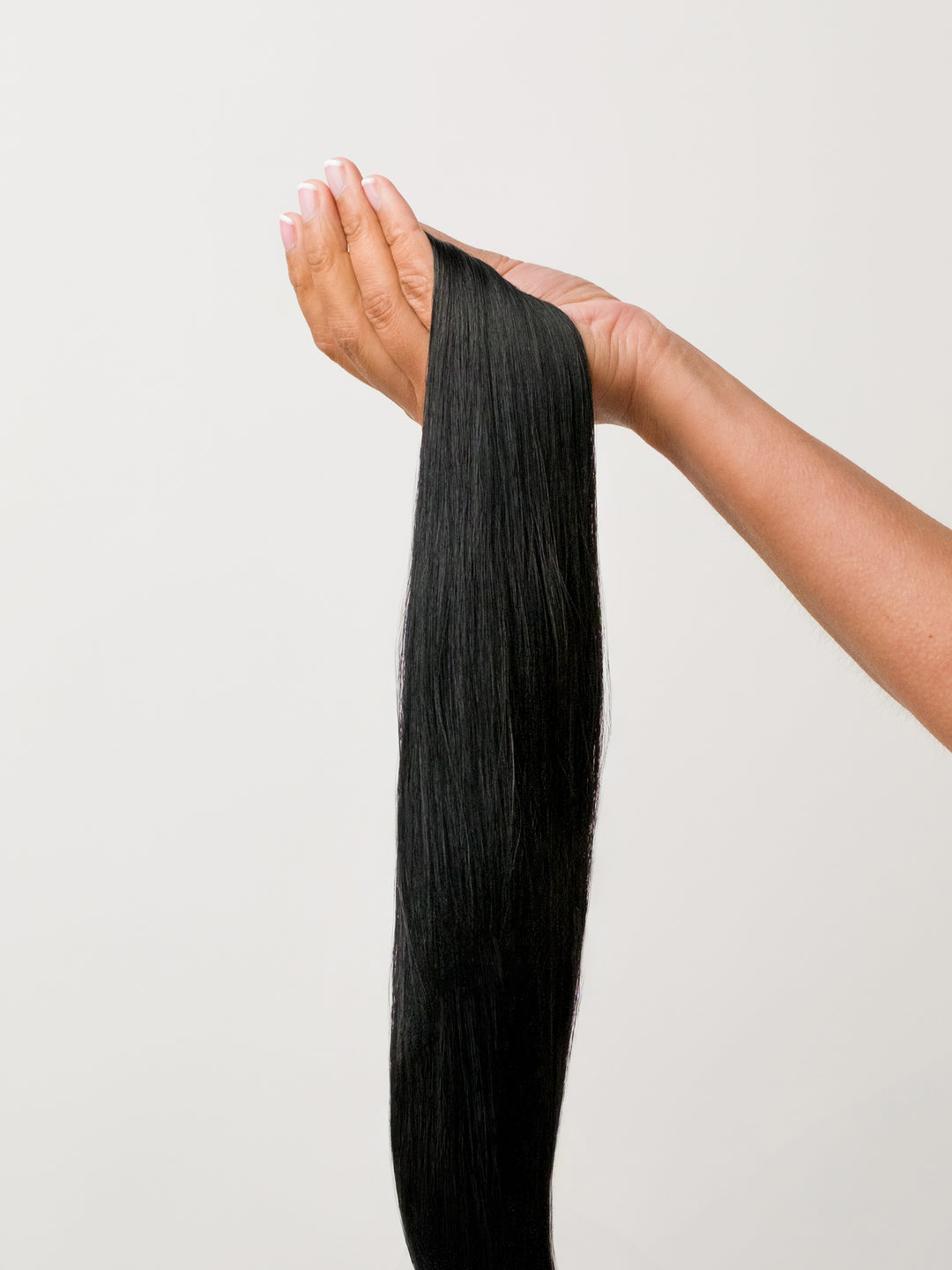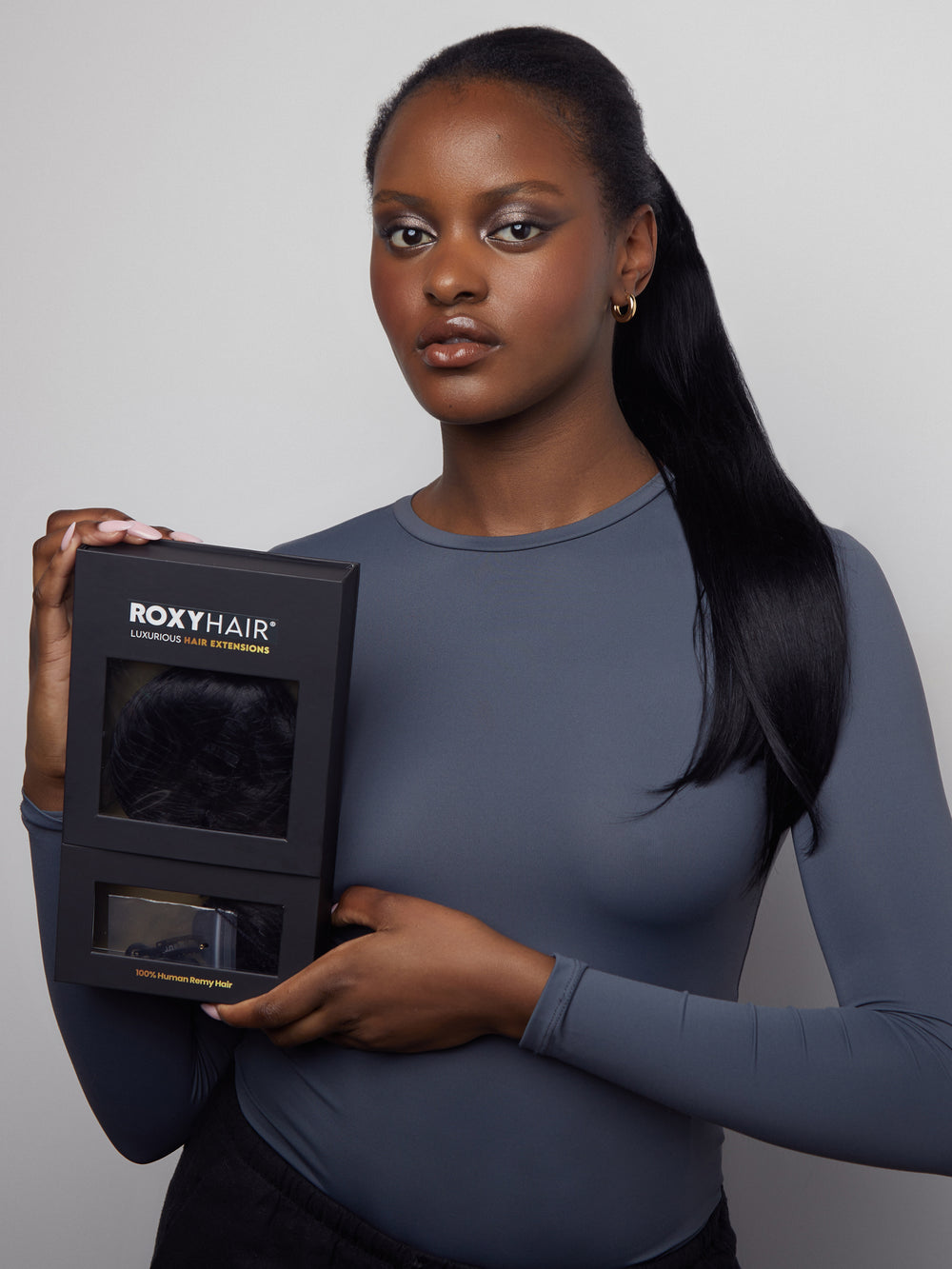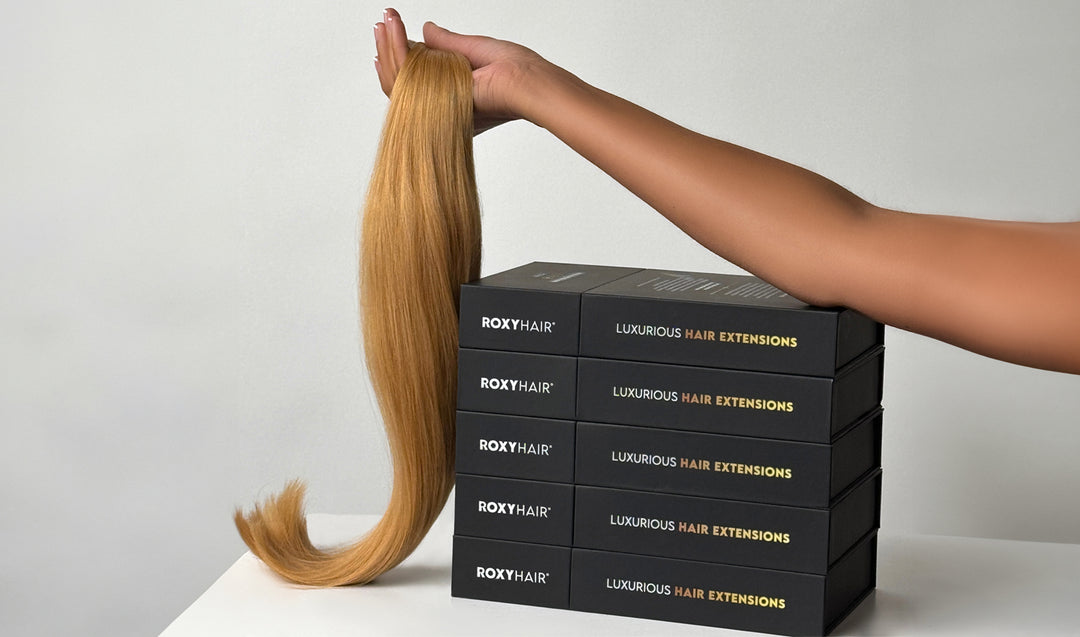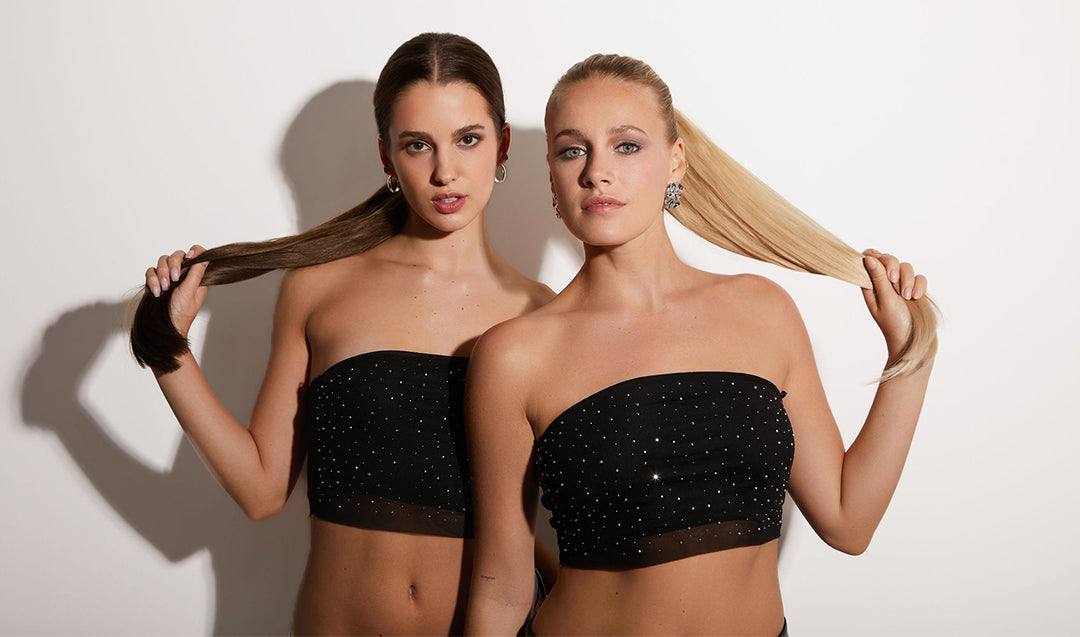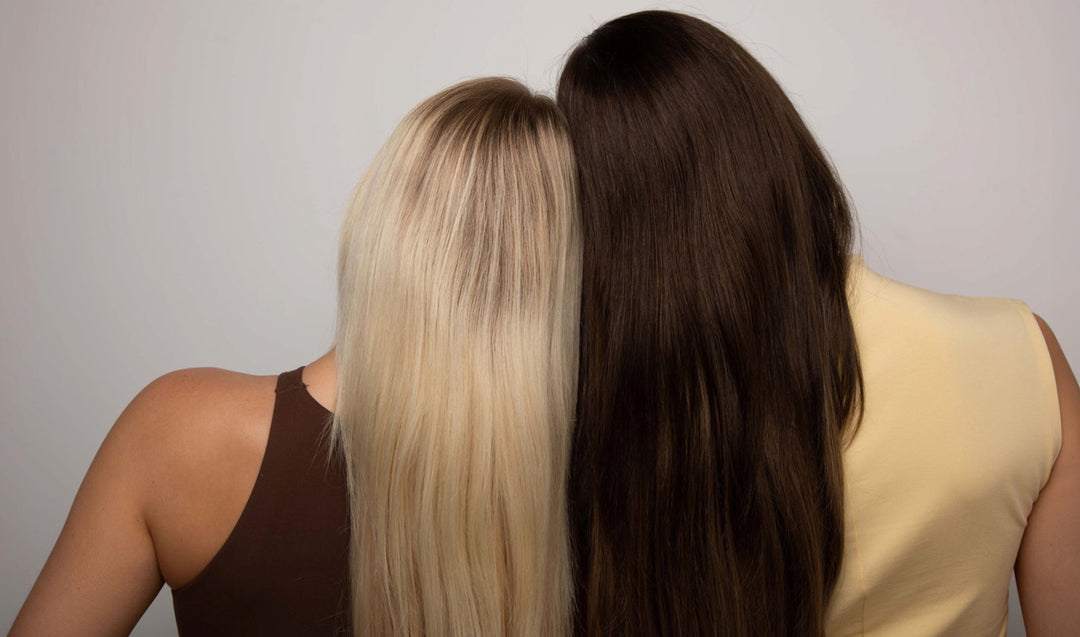Hair extensions are made of human hair or synthetic materials. Knowing what are hair extensions made of will help you make the right choice for your hair. This guide will break down the differences and what to consider.
Quick Facts
-
Hair extensions can be made from human hair or synthetic materials, each has its pros and cons.
-
Human hair extensions look natural, can be styled, and last longer than synthetic ones which are cheaper but less durable.
-
Proper care and maintenance is key to extending the life of hair extensions, different for human and synthetic.
What Are Hair Extensions Made Of: A Guide
Hair extensions are made from either real human hair or synthetic materials. Human hair extensions are sourced from countries like India, Malaysia, Cambodia and China and are valued for their natural look and durability. Synthetic hair extensions are made from materials like acrylic, polyester and nylon. Although cheaper they don’t offer the same level of realism or longevity as human hair.
Knowing this is key to choosing the right hair extensions for you.
Introduction
Choosing the right hair extensions is more than just picking a color or length. The materials used in hair extensions affect the look, texture and how long they last. For example human hair extensions can be styled like your own hair, synthetic hair extensions are pre-styled and less versatile.
Knowing what hair extensions are made of helps you make informed decisions that suits your style and maintenance.
Human Hair Extensions
Human hair extensions are highly prized for their quality and natural look. Donor hair or collected from religious sites, this hair is then cleaned and processed to be styled and colored to match your own hair.
These can be divided into types, Remy and Virgin hair, each has its own benefits and qualities.
Remy
Remy hair extensions are known for their high quality and smooth texture. The secret to their excellence is in the cuticles, which are left intact and aligned in the same direction to prevent tangling and give a silky feel.
This process results to extensions that look and feel super natural, blends with your own hair seamlessly.
Virgin
Virgin hair means hair that has never been chemically treated or dyed, in its natural state. This type of hair is highly valued for its purity and strength so it’s the top choice for those who want the most natural looking extensions.
Because virgin hair has not been processed it retains its natural shine and texture and blends with your natural hair flawlessly.
Synthetic Hair Extensions
Synthetic hair extensions is a budget friendly alternative to human hair extensions. Made from materials like PVC and acrylic these extensions look like real hair but are pre-styled in various colors and textures. If you want to enhance your look check where to buy synthetic hair extensions.
While cheaper synthetic hair extensions lack the natural feel and versatility of human hair.
Types of Synthetic Fibers
Synthetic hair extensions are made from various artificial fibers like acrylic, polyester and nylon. These fibers are designed to mimic the texture and look of natural hair, comes in various styles from straight to curly.
But these fibers can look less natural compared to human hair.
Durability and Maintenance
Synthetic hair extensions require less maintenance than human hair extensions but has a shorter lifespan, lasts only a few months with proper care. They can be more prone to environmental factors like humidity which can cause frizz and tangling.
So they are considered as a temporary solution rather than a long term investment.
Human vs Synthetic Hair Extensions
Choosing between human and synthetic hair extensions is all about weighing their pros and cons. Human hair extensions has a natural look and feel, can be heat styled and generally lasts longer.
Synthetic hair extensions is cheaper but looks shinier and cannot be heat styled or dyed. Knowing these differences will help you choose the right type of hair extension for your lifestyle and needs.
Natural Look and Feel
Human hair extensions has a more natural look and feel because it’s made from real human hair. It blends with your natural hair and natural hair extensions, has softness and texture that synthetic extensions lacks. And real human hair extensions enhances the overall look.
This is why it’s the top choice for those who want the most natural look.
Styling Versatility
One of the biggest advantage of human hair extensions is its styling versatility. It can be curled, straightened and colored just like your natural hair, you can change your look anytime you want.
But synthetic hair extensions are limited in styling options and can be damaged by heat and chemicals.
Shop Roxy Hair
Lifespan and Investment
Human hair extensions is a more durable investment, lasts up to a year with proper care. Synthetic hair extensions lasts only a few months. While human hair extensions requires higher initial investment, its longevity is cost effective in the long run.
How Hair Extensions Are Made
The making of hair extensions is a process, whether it’s made from human or synthetic materials. Human hair extensions are sourced from donors, cleaned and processed to ensure quality and consistency. Synthetic hair extensions is made from artificial fibers designed to mimic the properties of natural hair.
Knowing these process will help you appreciate the craftsmanship of high quality hair extensions.
Processing Human Hair
Processing human hair for extensions start with selecting high quality strands that meet the desired texture and color. The hair is then thoroughly cleaned to remove impurities and sorted to ensure consistency.
Aligning the cuticles in the same direction is important to prevent tangling and to have a natural look.
Manufacturing Synthetic Hair
Synthetic hair extensions is made by forming fibers from polypropylene or polyester. These fibers are designed to mimic the texture and look of natural hair, comes in various styling options. The manufacturing process ensures that synthetic hair can be a viable alternative to human hair especially for those on a budget.
Types of Hair Extensions Based on Application Method
Hair extensions can be applied in many ways, each method has its own benefits and suitable for different hair types. Popular methods are clip-ins, tape-ins and weaves, each has its own application process and level of permanence.
These methods will help you choose the right one for your hair and lifestyle.
Clip-In Hair Extensions
Clip-in hair extensions is the easiest and least permanent way to add length and volume to your hair. These extensions has clips attached, easy to apply and remove.
With proper care, clip-in extensions can last from a few months to over a year, perfect for those who likes to change their look often.
Tape-In Hair Extensions
Tape-in hair extensions is a semi-permanent solution, pre-taped wefts are applied using heat to attach to the roots. These extensions can last for 4 to 8 weeks but requires careful handling to avoid damage at the roots.
It has a natural look and less noticeable than other types of extensions.
Weave Hair Extensions
Weave hair extensions is perfect for those with thicker hair. This method involves braiding the natural hair into cornrows and then sewing in the weave.
While weaves is a seamless and permanent solution, it requires professional installation and can cause traction alopecia if not handled properly.
How to Care and Maintain Hair Extensions
Caring for hair extensions is important to extend its life and to keep it looking good. Regular maintenance and using products designed for extensions will help maintain its quality.
There are specific care routines for human and synthetic hair extensions, each has its own way of washing, conditioning and styling.
Caring for Human Hair Extensions
Human hair extensions can be treated like natural hair, washing and conditioning regularly. Use mild, sulfate-free shampoos and conditioners to maintain its quality.
Wash extensions every 15-20 wears and make sure it’s fully dry before sleeping to avoid matting.
Caring for Synthetic Hair Extensions
Caring for synthetic hair extensions is by using mild shampoos or those designed for wigs to avoid damage. Synthetic extensions should be washed less often to maintain its shape and avoid using heat styling tools which can cause melting or damage.
Taking care properly will make synthetic extensions last as long as possible.
Summary
Choosing the right hair extensions is all about understanding the differences between human and synthetic, application method and how to care for it. Human hair has a natural look and feel, more styling versatility and longer lifespan, it’s worth the investment. Synthetic hair is more affordable but less versatile and durable. By considering these factors you can make smart decision to boost your beauty and express yourself.
FAQs
What is the difference between Remy and Virgin hair?
Remy hair has all its cuticles intact and aligned, which helps maintain its natural look and feel, Virgin hair is completely unprocessed and never been chemically treated or dyed.
Can synthetic hair extensions be styled with heat?
Synthetic hair extensions can’t be styled with heat and can be damaged by styling tools. Avoid using heat to preserve its quality.
How long human hair extensions last?
Human hair extensions can last 6-12 months or more with proper care. Prioritize maintenance to extend its life.
What are the main materials used in synthetic hair extensions?
Synthetic hair extensions are made from acrylic, polyester and nylon. These materials offers variety of styles and textures and is more affordable than natural hair.
How often should I wash human hair extensions?
Wash human hair extensions every 15-20 wears or when you see product buildup to maintain its quality. Regular cleaning will keep it fresh and extend its life.





